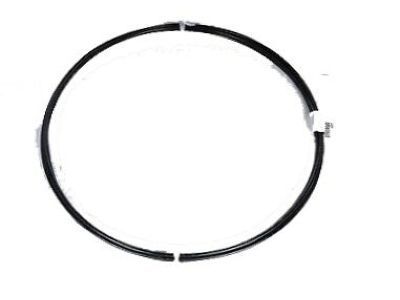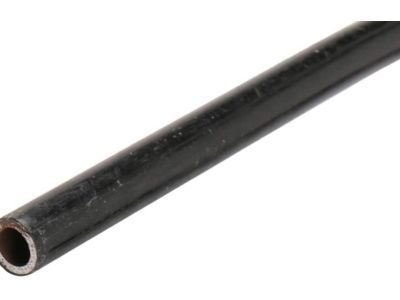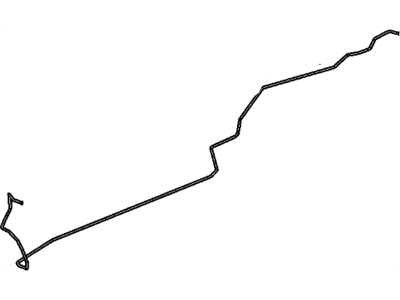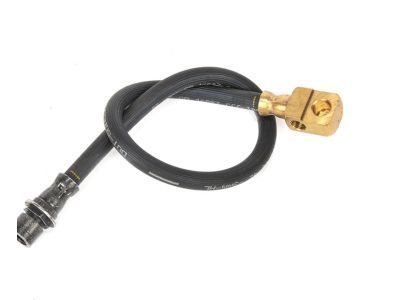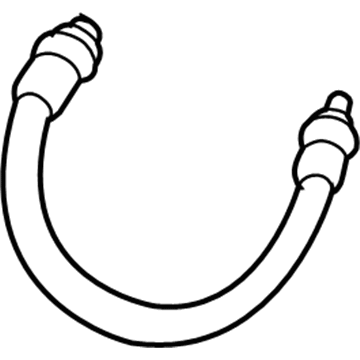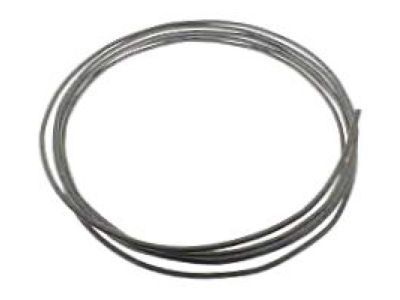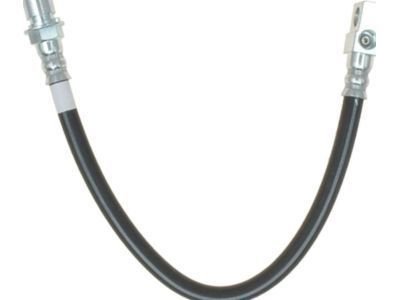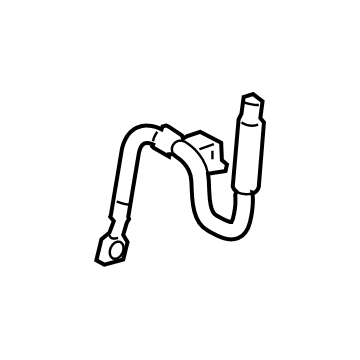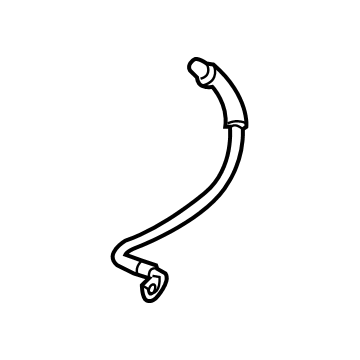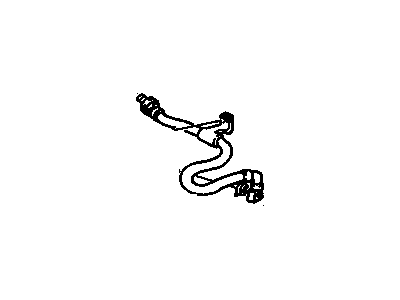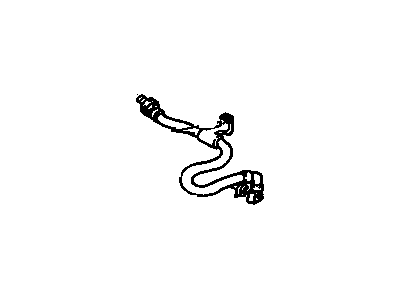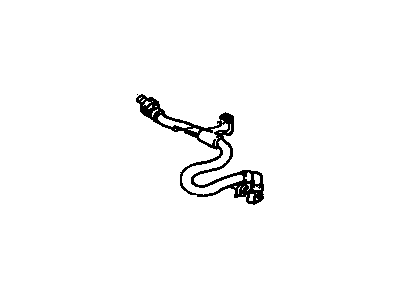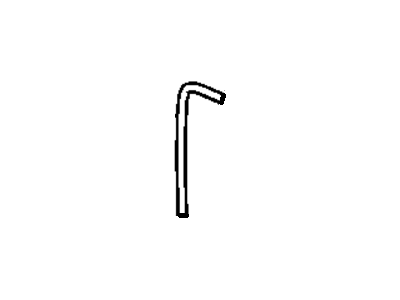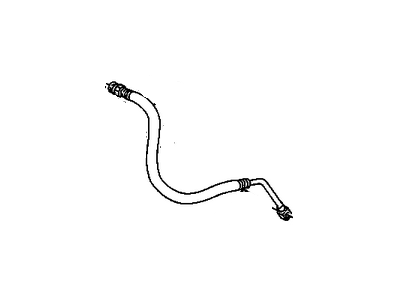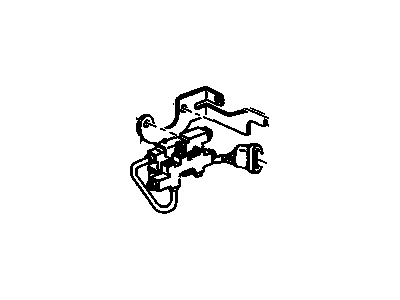
My Garage
My Account
Cart
Genuine Chevrolet Blazer Brake Line
Brake Hose- Select Vehicle by Model
- Select Vehicle by VIN
Select Vehicle by Model
orMake
Model
Year
Select Vehicle by VIN
For the most accurate results, select vehicle by your VIN (Vehicle Identification Number).
74 Brake Lines found
Chevrolet Blazer Pipe,Brake
Part Number: 88983905$68.37 MSRP: $134.44You Save: $66.07 (50%)Ships in 1-3 Business DaysChevrolet Blazer Hose Asm,Rear Brake
Part Number: 19366755$35.36 MSRP: $66.72You Save: $31.36 (47%)Ships in 1-2 Business DaysChevrolet Blazer Pipe,Brake (Bulk Tubing 5/16" 8Mm)
Part Number: 12541500$39.99 MSRP: $63.76You Save: $23.77 (38%)Ships in 1-3 Business DaysChevrolet Blazer Hose Asm,Rear Brake
Part Number: 19173040$16.32 MSRP: $30.79You Save: $14.47 (47%)Ships in 1-3 Business DaysChevrolet Blazer Hose Assembly, Front Brk
Part Number: 84579663$12.79 MSRP: $23.27You Save: $10.48 (46%)Ships in 1-2 Business DaysChevrolet Blazer Hose Assembly, Rear Brk
Part Number: 84579661$13.21 MSRP: $24.00You Save: $10.79 (45%)Ships in 1-2 Business DaysChevrolet Blazer Hose Assembly, Front Brk
Part Number: 84579664$12.41 MSRP: $23.27You Save: $10.86 (47%)Ships in 1-2 Business DaysChevrolet Blazer Hose Asm,Front Brake
Part Number: 19173264$17.65 MSRP: $33.31You Save: $15.66 (48%)Ships in 1-3 Business DaysChevrolet Blazer Hose Asm,Front Brake
Part Number: 19169840$21.18 MSRP: $39.97You Save: $18.79 (48%)Ships in 1-3 Business DaysChevrolet Blazer Hose Asm
Part Number: 15691788$23.50 MSRP: $44.35You Save: $20.85 (48%)Ships in 1-3 Business DaysChevrolet Blazer Pipe Assembly, Brk Press Mod Vlv M/Cyl Rsvr Frt
Part Number: 84743302$19.33 MSRP: $35.15You Save: $15.82 (46%)Chevrolet Blazer Pipe Assembly, Brake Pressure Mod Valve Rear Brake
Part Number: 15051173$55.86 MSRP: $100.20You Save: $44.34 (45%)Chevrolet Blazer Hose Asm,Front Brake
Part Number: 19173600$24.79 MSRP: $44.47You Save: $19.68 (45%)Chevrolet Blazer Hose Asm,Front Brake
Part Number: 19173599$28.62 MSRP: $51.33You Save: $22.71 (45%)
| Page 1 of 4 |Next >
1-20 of 74 Results
Chevrolet Blazer Brake Line
Chevrolet Blazer Brake Line helps in conveying brake fluid from the master piston to the brake caliper pistons in the hydraulic brake application on the car. The Brake Line works as a vein in the human body, it provides path through which brake fluid is channeled and when the brake button is pressed, the vehicle is brought to halt or slows down. In the course of time, Brake Line may corrode, and there might be small pinholes at the points where steel Brake Line is connected to rubber or at the connection between the steel Brake Line and the necessary hardware; the brake pedal is spongy. It should be understood that Brake Line's maintenance and its periodic inspections should be conducted to avoid critical problems and achieve the optimal results in braking.
Each OEM Chevrolet Blazer Brake Line we offer is competitively priced and comes with the assurance of the manufacturer's warranty for the part. Furthermore, we guarantee the speedy delivery of your orders right to your doorstep. Our hassle-free return policy is also in place for your peace of mind.
Chevrolet Blazer Brake Line Parts Questions & Experts Answers
- Q: How to inspect and replace flexible brake lines on Chevrolet Blazer?A:About every six months, it is important to inspect the flexible hoses that connect the steel brake lines with the front and rear brake assemblies for any cracks, chafing, leaks, blisters, or other damage. This inspection should be done with the vehicle raised and securely placed on jackstands, using a light and mirror for a thorough check. If any of the above defects are found, the hose should be replaced with a new one. To replace the hose, start by cleaning any dirt away from the ends of the hose and disconnecting the brake line from the hose fitting, being careful not to bend the frame bracket or line. If necessary, soak the connections with penetrating oil. Remove the U-clip from the female fitting at the bracket and remove the hose from the bracket. Disconnect the hose from the caliper, discarding the copper washers on either side of the fitting. Attach the new brake hose to the caliper using new copper washers. Pass the female fitting through the frame or frame bracket, installing it with the least amount of twist in the hose. Install the U-clip in the female fitting at the frame bracket. Attach the brake line to the hose fitting using a back-up wrench on the fitting. Carefully check to ensure that the suspension or steering components do not make contact with the hose, and have an assistant push down on the vehicle and turn the steering wheel lock-to-lock during inspection. Afterward, bleed the brake system. When replacing brake lines, always use the correct parts and avoid using copper tubing. Purchase steel brake lines, preferably prefabricated ones with the tube ends already flared and fittings installed. Ensure that the new line is well supported in the brackets and has plenty of clearance between moving or hot components. After installation, check the master cylinder fluid level and add fluid as necessary. Finally, bleed the brake system and test the brakes carefully before placing the vehicle into normal operation.
Related Chevrolet Blazer Parts
Browse by Year
2024 Brake Line 2023 Brake Line 2022 Brake Line 2021 Brake Line 2020 Brake Line 2019 Brake Line 2005 Brake Line 2004 Brake Line 2003 Brake Line 2002 Brake Line 2001 Brake Line 2000 Brake Line 1999 Brake Line 1998 Brake Line 1997 Brake Line 1996 Brake Line 1995 Brake Line 1994 Brake Line 1993 Brake Line 1992 Brake Line 1991 Brake Line 1990 Brake Line 1989 Brake Line 1988 Brake Line 1987 Brake Line 1986 Brake Line 1985 Brake Line
